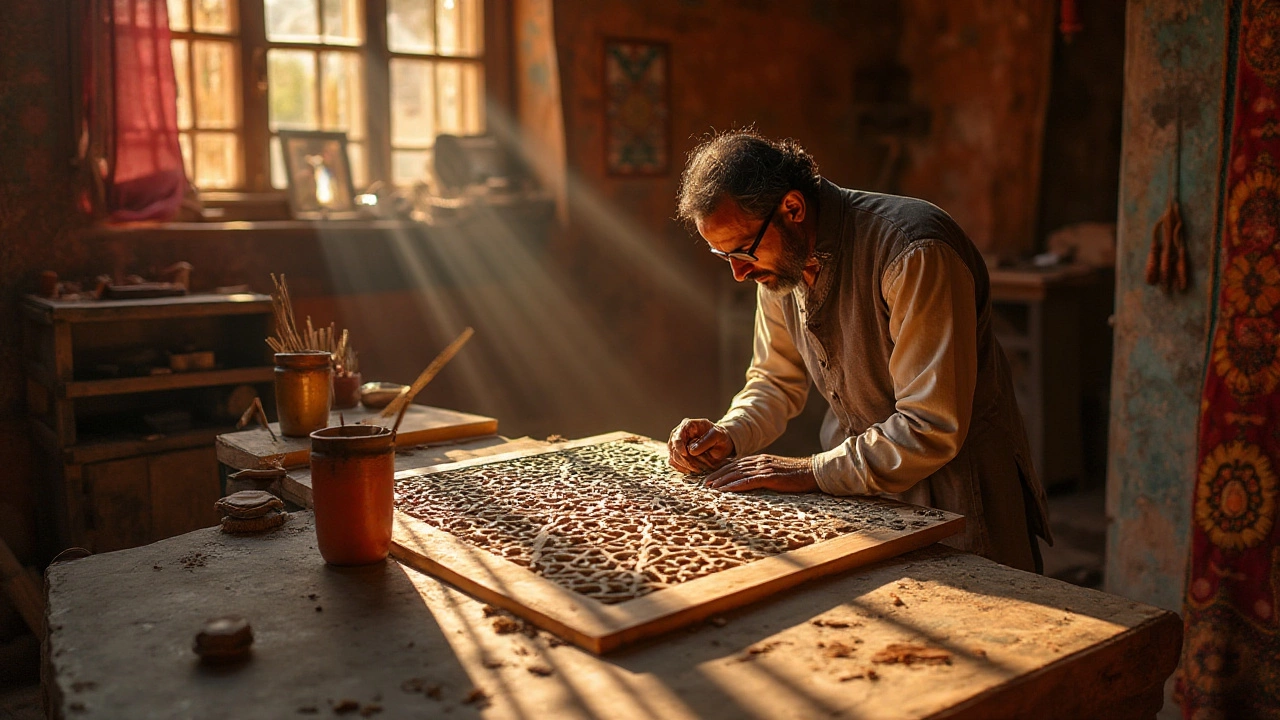Indian Furniture: What’s Driving the Market and How You Can Join It
If you’ve ever walked into a home store and admired a sleek wooden table or a colorful sofa, you’ve already seen the impact of Indian furniture. The sector isn’t just about stylish designs – it’s a booming industry that mixes traditional craftsmanship with modern technology. In this guide we’ll break down where the market is headed, how manufacturers source raw material, and what you need to know if you want to export or import furniture in 2025.
Why Indian Furniture Is Gaining Global Attention
First off, demand is rising fast. Recent stats show that the world’s biggest furniture importers are looking to India for cost‑effective, high‑quality pieces. Buyers appreciate the mix of solid wood, eco‑friendly finishes, and the ability to customize designs. That’s why more than 30 % of global furniture orders now include an Indian supplier.
Another driver is the government’s push for “Make in India.” Policies like the Production‑Linked Incentive (PLI) help factories upgrade machinery, reduce lead times, and meet international standards. As a result, small workshops can scale up to serve overseas clients without huge capital outlays.
Practical Steps for Sourcing or Exporting
Whether you’re a retailer, a startup, or a big brand, the first step is to pick the right kind of manufacturer. In India you’ll find three main setups: OEMs that build to your design, ODMs offering ready‑made collections, and contract makers who handle production for other brands. Talk to a few, ask for sample runs, and compare lead times. Most firms now use digital catalogs, so you can review styles before visiting the factory.
Next, sort out logistics. Shipping furniture to the U.S. or Europe typically goes through major ports like Mumbai and Nhava Sheva. Keep an eye on customs duties – for example, a wooden sofa may attract a 10 % import tax in the U.S., plus a handling fee. Using a freight forwarder who knows the paperwork can shave days off your schedule.
Finally, think about sustainability. Buyers are asking for FSC‑certified wood, low‑VOC finishes, and recyclable packaging. Adding these elements not only meets market demand but also helps you qualify for green‑trade incentives offered by both Indian and foreign governments.
In short, the Indian furniture scene blends tradition with modern efficiency. By understanding market trends, choosing the right manufacturing partner, and staying on top of export regulations, you can tap into a sector that’s set to keep growing for years to come.

India: A Hidden Gem in Furniture Manufacturing
India is gaining recognition as a top player in the furniture manufacturing world. Known for its rich tradition of craftsmanship and quality materials, Indian furniture combines elegance with functionality. The country's industry strength comes from both mass production and unique handcrafted pieces. Understanding India's impact on the global furniture scene helps consumers appreciate the diversity and quality available.
Read More
Top Indian Furniture Makers: Craftsmanship That Reigns Supreme
Exploring the world of Indian furniture manufacturers reveals a rich tapestry of tradition, innovation, and craftsmanship. India has become a global leader in furniture production, blending modern design with age-old techniques. From the detailed work of Rajasthan's artisans to the contemporary flair in Bengaluru, Indian furniture stands out for its quality and character. This article delves into the leading manufacturers who are setting global trends in the furniture industry.
Read More